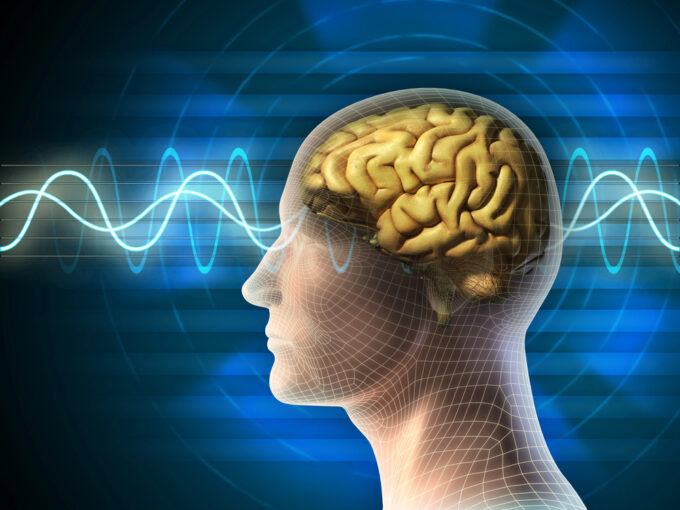Identifying people with brain waves
Words that trigger brain waves can be used to identify people, according to researchers at the Basque Center on Cognition, Brain, and Language.

The researchers recorded signals from 45 volunteers as they read a list of 75 abbreviations. The changes evaluated were so unique that people could be identified to 94%.
Further development necessary
The in "Neurocomputing" published results indicate that brainwaves could be used in security systems to identify identity. Although the accuracy achieved so far would not be sufficient to protect, for example, a room or a computer full of secrets, these results are, however, a promising start.
Methods for identifying people based on electrical brain signals have already been developed in the past. One advantage would be that, unlike passwords or fingerprints, identity can be permanently verified. Continuous verification through facial recognition, ear recognition, or brainwave monitoring, could allow a human to interact with many computer systems or even a range of "smart" objects - without a password.
Until now, however, such approaches have often failed because of the "noise" involved in measuring brain signals and thus the ability to analyze this data. Armstrong's approach solves this problem by focusing on the brain waves of a specific brain region associated with reading and recognizing words. This produces clearer signals that can be analyzed more quickly.
Biometrics completely reimagined
The signals arise when a person accesses his semantic memory. Episodic memories record our experiences, but semantic memories capture the meaning of specific words. The collection of meanings that people associate with words may differ slightly from person to person. Thus, an individual pattern becomes apparent.
Unlike episodic memories, semantic ones change little. For example, if one is stung by a bee, there are likely to be differences in the neurons of episodic memory when reading the word "bee." However, the neurons of semantic memory are likely to behave similarly as before this event.
According to Armstrong, the new method can be further developed to provide a more personal and harder-to-crack alternative to fingerprint recognition or iris scans. The researcher points to a case in Malaysia. In 2005, carjackers removed the owner's fingertips so they could start the car. However, a brain cannot simply be removed.
Kevin Bowyer from the University of Notre Dame According to the expert, the approach does change the concept of biometrics. However, the expert points out that the method is currently far less accurate than scanning a fingerprint or iris. Since three electrodes have to be placed on the head, the method is also more difficult to use.
Source: Press release









